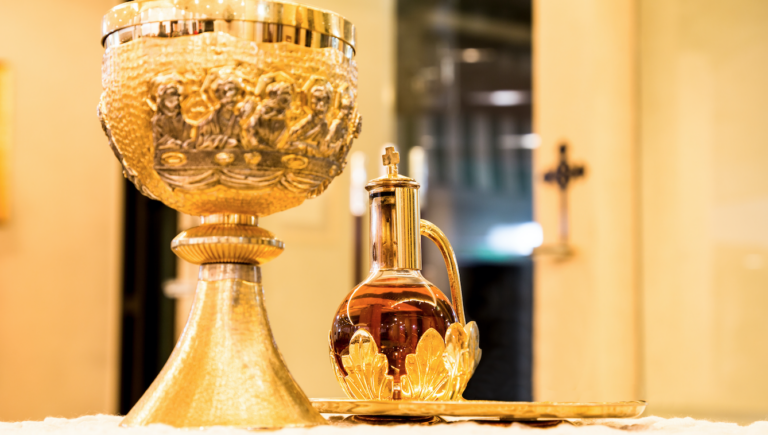
What Makes Good Liturgy?
Although the divinity of Christ, the mystery of the Trinity and the truth of the resurrection have caused serious debate in the life of the Church, no other issue is more contentious than liturgy. It seems that the way we pray and worship touches on the very heart of Christian life. And rightly so.
I was reminded of this the other night while reading the reactions to a priest friend’s post on Facebook about the position of the priest in relationship to the altar. Should the priest face the people? Or should the priest face the same direction as the assembly? Within moments of the article’s posting, a fierce debate took place. I read with astonishment the strong emotions that the piece provoked.
Although many of us may find liturgy to be similar in many churches, the Church’s liturgical tradition and heritage is quite diverse. Liturgical practice has been shaped and formed by culture, history and the experience of Christian communities throughout the world. Of all our experiences of Church, liturgy offers us a tangible encounter with the Church’s catholicity.
Perhaps we ought to remember that when we have our debates about the qualities of good liturgy. The way we worship often reflects the spirituality of our faith communities. For some churches, that may mean rich and elaborate liturgies. For others, their spirituality may find its expression in simple celebrations. What unites us, however, is our grounding in the one, holy, catholic and apostolic Church.
Sure there are liturgical books we must follow and what we pray is important for our belief, but the customs and traditions of our faith communities often give life to those books and prayers. Instead of arguing over liturgical minutia, we might be better off embracing the Church’s catholicity and appreciate the diversity of the Church’s liturgical life.
-Don Beyers, Relationship Manager and Acquisitions Editor


